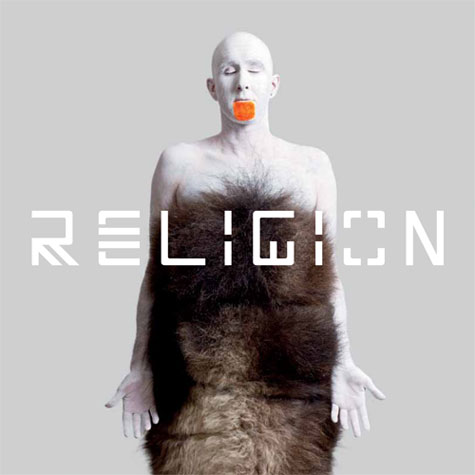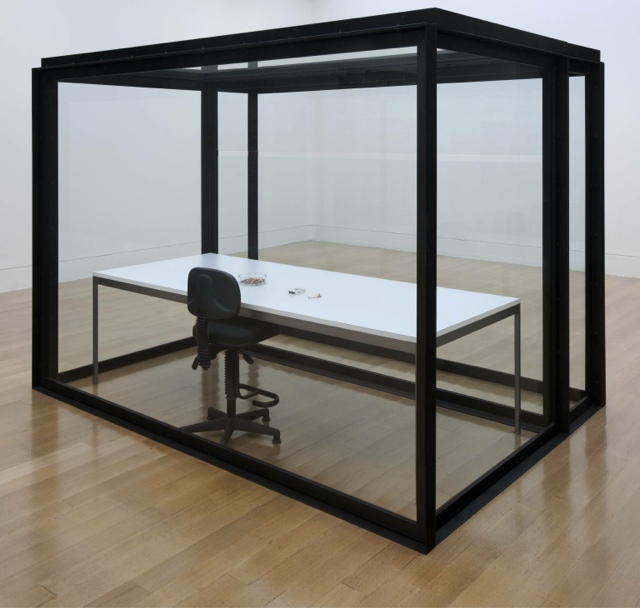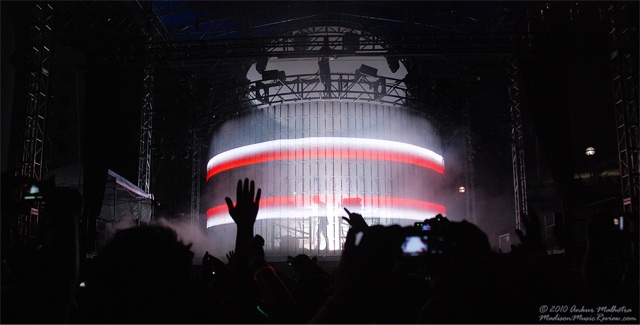I had a lovely afternoon at the WAG this week, upon my daughter's prompting that she wanted to see the Dali exhibition. She first discovered her love of both Surrealism and Pop Art during our many forays into the Tate Modern (I will admit, for a 10 year old she has reasonably refined taste in modern art). The Dali "up close" exhibition is coupled with two others -- Masterworks of The Beaverbrook Gallery, and the finalists for the Sobey Prize.
Entering the gallery, we first experience the Masterworks, which range in taste and vintage, however focused heavily on English painters (making sense, given their collector). That said, there were a few notable pieces for my taste, including a stunning Turner, and some Matisse sketches which I very much enjoyed. Walking through the gallery with a 10 year old girl, we made it a point to find the paintings by women - unfortunately only 4 in the full collection (including a stunning Emily Carr). While we are unable to turn back and change the facts of art history, much like those of literary history, we can promote in our youth an awareness of the conditions for making art, and for women in these historical periods.
Given the focus among the Masterworks in earlier periods of the 20th century (and before), the unashamed colour in Dali's work stood out starkly. Dali's work was, unsurprisingly, stunning. The richness of of colour coupled with the provocative themes was fantastic, as expected. Perhaps unexpectedly, however, was the pure gleeful joy of the Moustache series of photographs, which (hopefully) reminded us not only that serious art need not be so serious, but that even artists grappling with monstrous questions of physics and faith can be silly, and oh so human.
The final featured rooms were the Sobey Art Prize finalists. I was most struck by the pieces by Nadia Myre - the sewn canvases, showing both words and physical manifestations of decay were really beautiful and haunting. Similarly, the text-centred work of Neil Farber and Michael Dumontier was thought provoking.
On a related note, I must say that I'm really enjoying the arrangement in the permanent collection, which recently has begun to situate some of the oldest and newest pieces in the collection beside one another - what is striking is the parallels in shape and colour this brings out. Definitely worth having a look at!
Entering the gallery, we first experience the Masterworks, which range in taste and vintage, however focused heavily on English painters (making sense, given their collector). That said, there were a few notable pieces for my taste, including a stunning Turner, and some Matisse sketches which I very much enjoyed. Walking through the gallery with a 10 year old girl, we made it a point to find the paintings by women - unfortunately only 4 in the full collection (including a stunning Emily Carr). While we are unable to turn back and change the facts of art history, much like those of literary history, we can promote in our youth an awareness of the conditions for making art, and for women in these historical periods.
Given the focus among the Masterworks in earlier periods of the 20th century (and before), the unashamed colour in Dali's work stood out starkly. Dali's work was, unsurprisingly, stunning. The richness of of colour coupled with the provocative themes was fantastic, as expected. Perhaps unexpectedly, however, was the pure gleeful joy of the Moustache series of photographs, which (hopefully) reminded us not only that serious art need not be so serious, but that even artists grappling with monstrous questions of physics and faith can be silly, and oh so human.
The final featured rooms were the Sobey Art Prize finalists. I was most struck by the pieces by Nadia Myre - the sewn canvases, showing both words and physical manifestations of decay were really beautiful and haunting. Similarly, the text-centred work of Neil Farber and Michael Dumontier was thought provoking.
On a related note, I must say that I'm really enjoying the arrangement in the permanent collection, which recently has begun to situate some of the oldest and newest pieces in the collection beside one another - what is striking is the parallels in shape and colour this brings out. Definitely worth having a look at!




